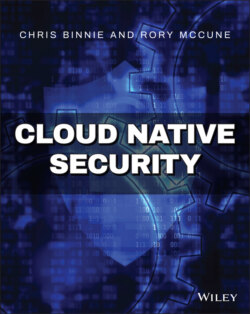Читать книгу Cloud Native Security - Chris Binnie - Страница 15
CHAPTER 1 What Is A Container?
ОглавлениеLinux containers as we know them today have been realized through a series of incremental innovations, courtesy of a disparate group of protagonists. Destined for a place in the history books, containers have brought significant change to the way that modern software is now developed; this change will be intriguing to look back upon in the coming years ahead.
In simple terms, a container is a distinct and relatively isolated unit of code that has a specific purpose. As will be repeated later, the premise of a container is to focus on one key process (such as a web server) and its associated processes. If your web server needs to be upgraded or altered, then no other software components are affected (such as a related database container), making the construction of a technology stack more modular by design.
In this chapter, we will look at how a container is constructed and some of its fundamental components. Without this background information it is difficult to understand how to secure a containerized server estate successfully. We will start by focusing on the way software runs containers; we call that software the container runtime. We will focus on the two most prominent runtimes, Docker and Podman. An examination of the latter should also offer a valuable insight into the relatively recent advances in container runtimes.
As we work through the book, we will look at this area again from a more advanced perspective with an eye firmly on security mitigation. Purposely, rather than studying historical advances of Linux containers, this chapter focuses on identifying the components of a container that security personnel should be concerned about.
